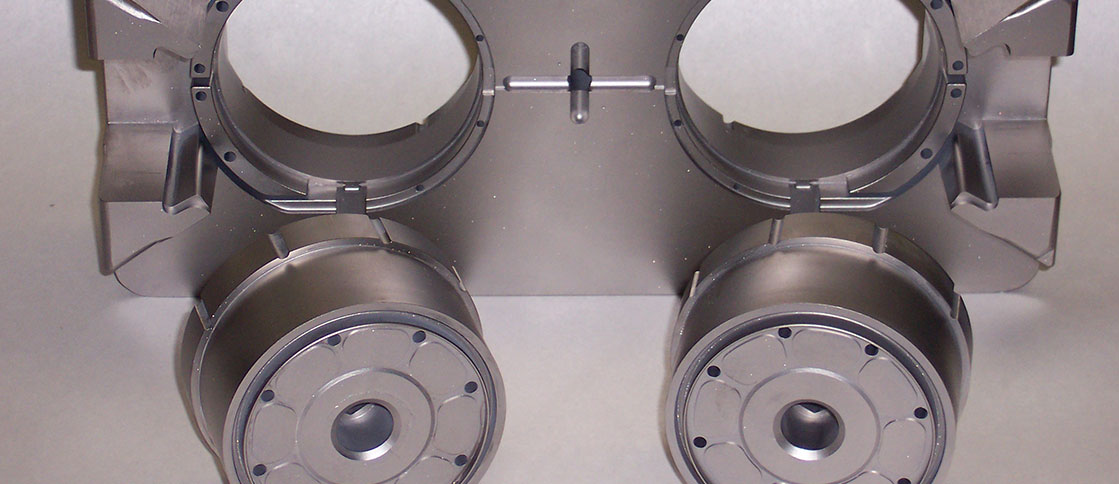THE CHALLENGE
A prominent molder faced a recurring issue with parts failing during assembly, specifically cracking under stress. Initial investigations revealed fractures consistent with environmental stress cracking, which was puzzling because the parts had not yet been exposed to field conditions or prolonged chemical exposure.
At the same time, they were grappling with another material-related challenge. The material supplier required the use of an acid neutralizer on the mold surfaces between production runs. This neutralizer was critical to prevent the mold from degrading due to the flame-retardant (FR) additive in the material. While the technicians followed a strict protocol to clean the molds thoroughly, some areas were difficult to access, making it impossible to guarantee complete removal of residual neutralizer. It wasI suspected this residual contamination—especially during startup—might be contributing to the cracking issue observed during assembly.
THE SOLUTION
Determined to eliminate the root cause, the molder explored options to remove the dependency on acid neutralizers altogether. The idea of plating the mold surfaced was a promising alternative, offering the potential to both protect the mold and prevent contamination. After consulting with Bales, a trusted partner in surface finishing solutions, we recommended High Phosphorus Electroless Nickel (High Phos EN) plating.
The plating can be completely removed and reapplied when maintenance is needed. Maintenance plating is recommended after noticing signs of wear or performance changes.
THE RESULT
The High Phos EN plating provided a robust, protective coating for the mold, eliminating the need for acid neutralizers between runs. This not only addressed the risk of contamination but also streamlined the production process by removing a critical but error-prone step. Additionally, the improved mold performance reduced wear and extended the lifespan of the mold, providing long-term value.
CONCLUSION

By implementing High Phos EN plating, helped resolve a complex issue impacting both production efficiency and product reliability. This case highlights the importance of collaborating with expert partners and exploring innovative solutions to overcome manufacturing challenges.
Investment: $4,000 for annual parts plating
Return: Save on cost of acid neutralizer spray: $1,800 per 55 gal drum



